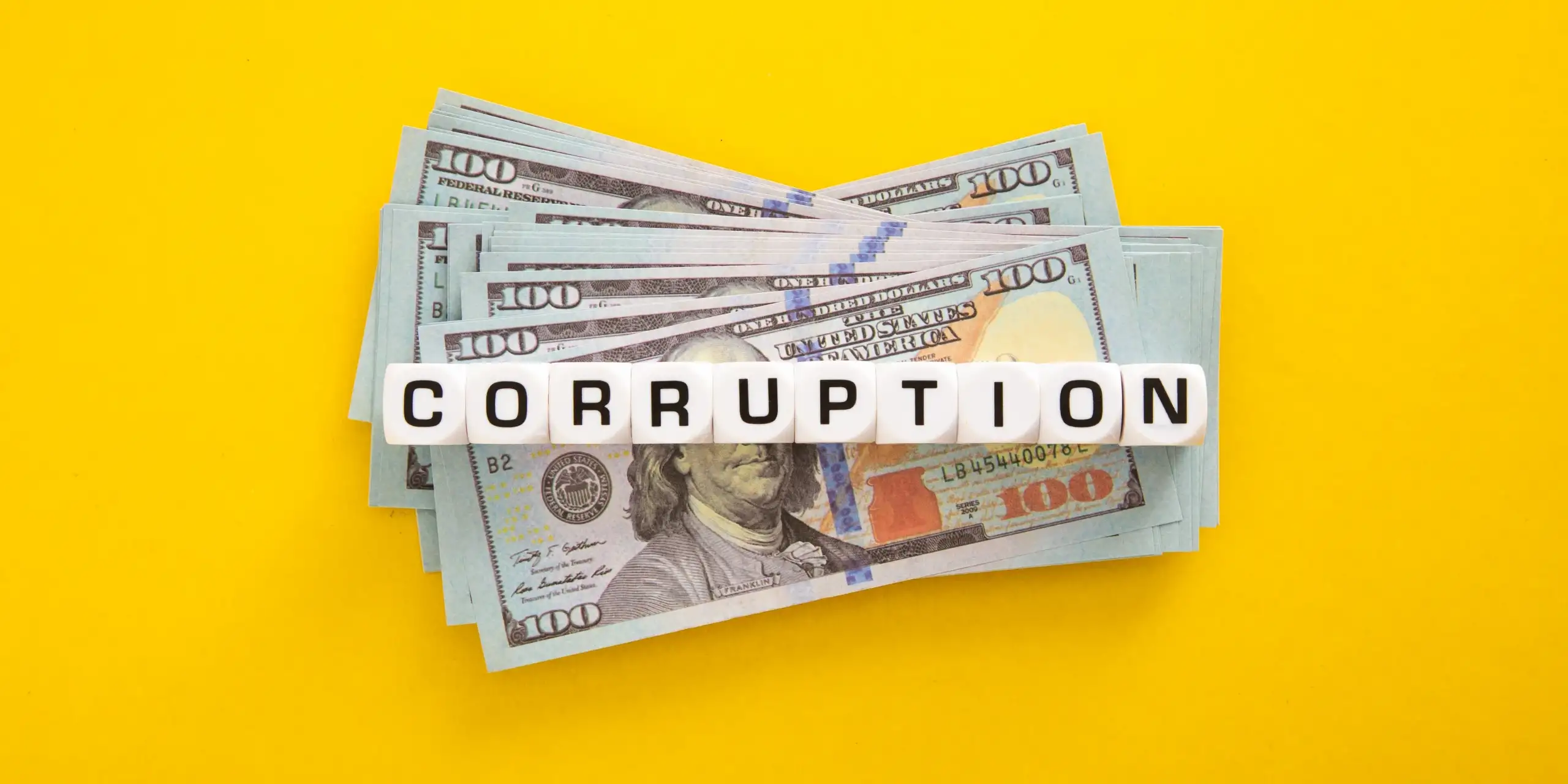In BtoB, at the beginning of the relationship, the anti-document fraud system makes it possible to secure the opening of customer accounts, the obtaining of loans, etc. It is manifested by a particular vigilance on :
- the counterfeiting of a document by reproduction
- falsification of an original document by altering one or more elements
- impersonation of a person
Technologies facilitate and amplify the phenomenon of document fraud
Moreover, with the rise of digital technology, new risks are emerging. Technologies facilitate and amplify document fraud. They make it easier to commit clever and financial delinquency, breach of probity - integrity - honesty, tax and customs offences and labour legislation. With the democratization of technologies and the dematerialization of procedures driven by the simplification of customer procedures and the improvement of the customer experience, a document can be easily scanned, or even modified, and then deposited on a platform. This automatically increases the risk of fraud. The dematerialization of documents and processes as well as electronic signatures represent major economic, social and technological challenges for our society. These evolutions must take into account the applicable rules of evidence to avoid jeopardizing the rights of the persons concerned. In addition, new technologies around crypto-currencies, ICOs (Initial Coin Offering)* and new payment services also contribute to facilitate the maneuvers of fraudsters. Their techniques are largely based on the internationalization of rapid capital flows.
All of these frauds have a corrosive effect on a country's economy. They distort business decisions, increase the risk of failure of financial institutions, deprive the government of control over economic policy, damage a country's reputation and expose economic actors to criminal activity.
KYC, the tool for fighting fraud
On the corporate side, the fight against fraud is organized around three letters: KYC (Know Your Customer). In BtoB, this concept is already old and widely regulated for some regulated actors (mainly banks and insurance companies). It allows to verify the identity of customers when they enter into a relationship, by presenting a set of documents: recent KBIS extract, copy of RIB, articles of association of the company (certified by the manager), proof of identity of the manager or the president of the company. Among the solutions adopted by all types of companies (with regulated or unregulated activities) are the interrogation of repositories, the control of information consistency and business rules around automated processes integrating, for some, the implementation of artificial intelligence. This organization allows human resources to be concentrated on the most risky cases, while benefiting from decision support tools.
A study by Markess reveals that for 40% of decision makers, document fraud is a growing concern. The Euler-DFCG 2019 study states that 70% of companies experienced a proven fraud in 2018. A quarter of the 336 companies surveyed experienced more than five! To achieve their ends, fraudsters still plebiscite identity theft:
- false suppliers: 47
- false leaders: 29
- false customers: 25
- false partners of the company such as banker, lawyer or auditor: 30
These studies illustrate that the fight against fraud must be the concern of every company, whether or not it is subject to prudential obligations.
To be continued in a future article: the procedures to put in place to comply with the fight against money laundering and terrorist financing.
*A method of raising funds through the issuance of digital assets


